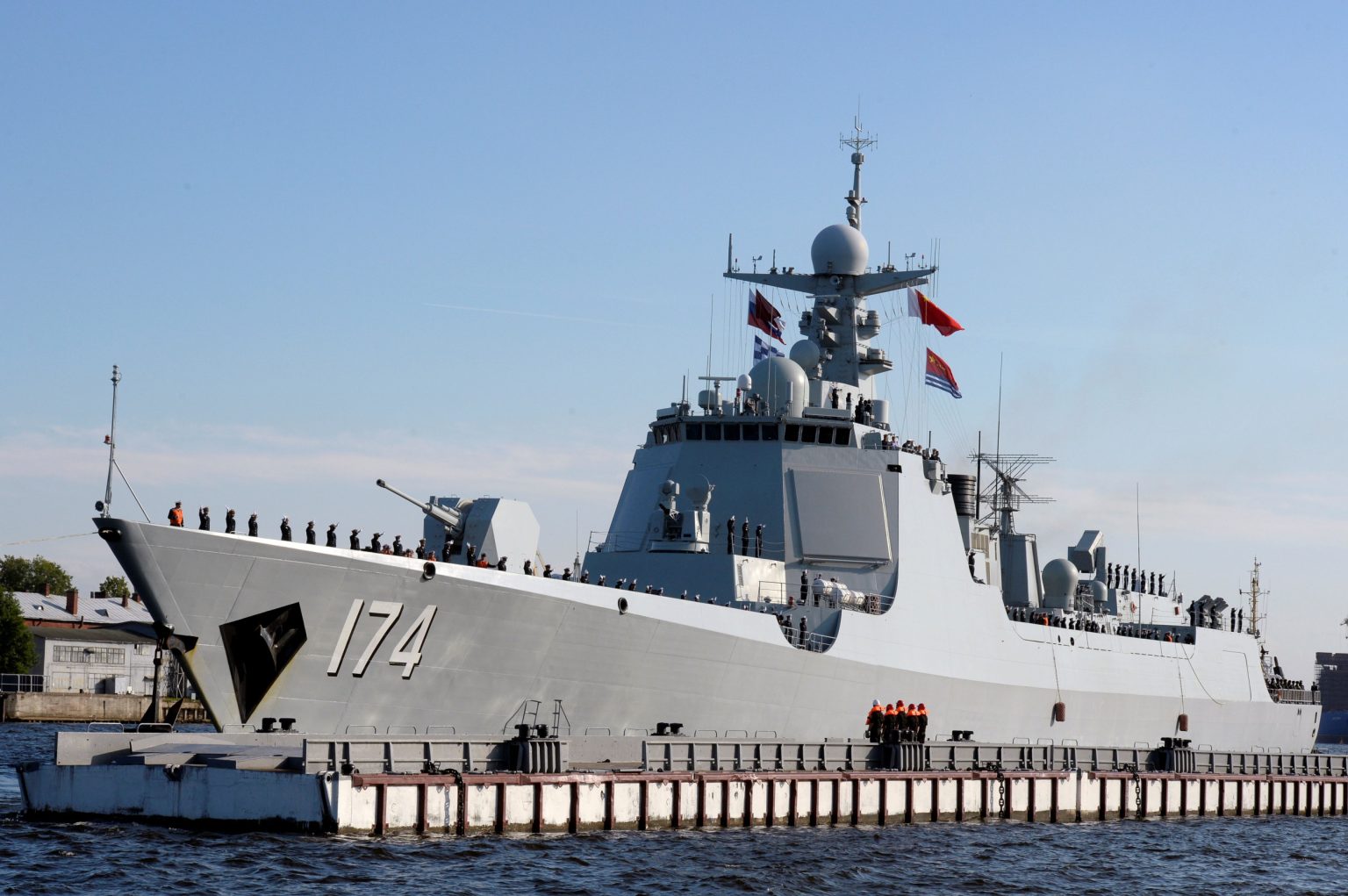Japan’s Naval Vigilance: Monitoring Chinese-Russian Maritime Maneuvers
In a significant development for regional security dynamics, Japan has recently mobilized its naval and aerial forces to monitor Chinese and Russian warships navigating close to Japanese territorial waters. These foreign vessels appeared to be returning to their home ports following joint patrol operations in the Western Pacific, an increasingly common occurrence that reflects the deepening military coordination between Beijing and Moscow.
The heightened security collaboration between China and Russia represents a substantial shift in regional power dynamics, with over half of their 113 joint military exercises since 2003 occurring just in the past four years. According to the Center for Strategic and International Studies, this acceleration signals what many analysts interpret as a coordinated challenge to America’s traditional military dominance in the Asia-Pacific region. For Japan, a key U.S. ally under the Mutual Defense Treaty, these naval movements aren’t merely routine exercises but are officially viewed as concerning demonstrations of force that constitute a clear national security threat. The Japanese Defense Ministry has explicitly characterized these activities as “clearly intended for demonstration of force against Japan” in its 2025 white paper, highlighting the gravity with which Tokyo views these developments.
The Japanese Maritime Self-Defense Force (JMSDF) specifically tracked two Chinese naval vessels—the advanced Luyang III-class guided-missile destroyer Shaoxing and the Fuchi-class replenishment ship Qiandaohu—as they passed between Okinawa and Miyako Islands before proceeding northward into the East China Sea. This Chinese naval presence followed earlier sightings of Russian vessels, including the Udaloy I-class destroyer Admiral Tributs and an Altay-class oiler, approximately 44 miles northwest of Cape Shiriya at the northern tip of Honshu, Japan’s main island. Japan’s response demonstrated its commitment to territorial vigilance, deploying two JMSDF vessels alongside multiple P-3C maritime patrol aircraft to conduct “warning and surveillance activities” and gather intelligence on these foreign naval movements.
The vessels being monitored were not operating independently but were participants in “Joint Sea 2025,” a bilateral naval exercise conducted near Vladivostok in early August. Following these formal exercises, the ships embarked on an extensive joint patrol covering over 6,900 miles across the central Western Pacific. The JMSDF tracked their movements as they navigated through the strategically important Soya Strait, situated between Japan’s Hokkaido and Russia’s Sakhalin Island, en route to the open Pacific. This coordinated navigation through sensitive waterways near Japanese territory underscores the strategic nature of these operations, regardless of official statements from Moscow and Beijing characterizing them as routine and non-threatening to regional stability.
While Chinese and Russian officials consistently maintain that their activities comply with international law and aren’t directed against any third parties, their public statements contrast sharply with how these operations are perceived by regional powers. China’s state-backed Global Times criticized Japanese media for characterizing the patrol as an “encirclement” of Japan, with military commentator Fu Qianshao insisting the joint missions were intended “to protect peace and stability in the Western Pacific” and were conducted entirely in international waters. This narrative diverges significantly from the perspective of Japan and its allies, who view these increasingly frequent joint operations as deliberate attempts to reshape the region’s security architecture. Jiang Bin, a spokesperson for China’s Defense Ministry, highlighted at an August press conference that the Joint Sea exercise series, established in 2012, “has become a key platform for China-Russia military cooperation,” effectively acknowledging its institutional importance to both powers.
Looking ahead, military analysts expect China and Russia to continue their joint naval exercises and coordinated patrols throughout the Asia-Pacific region, further testing Japan’s defensive posture and regional vigilance capabilities. The Japanese Defense Ministry has pledged to “continue to conduct vigilance, surveillance, and information gathering” in response to these activities, signaling Tokyo’s determination to maintain awareness of all foreign naval movements near its territorial waters. This emerging pattern of strategic competition reflects broader geopolitical tensions, as traditional power balances in the Western Pacific face unprecedented challenges from increasingly coordinated Chinese and Russian military activities. For Japan, positioned at the geographic crossroads of these strategic rivalries, maintaining effective maritime surveillance has become not merely a defensive measure but an essential component of its national security strategy in an evolving regional environment.















